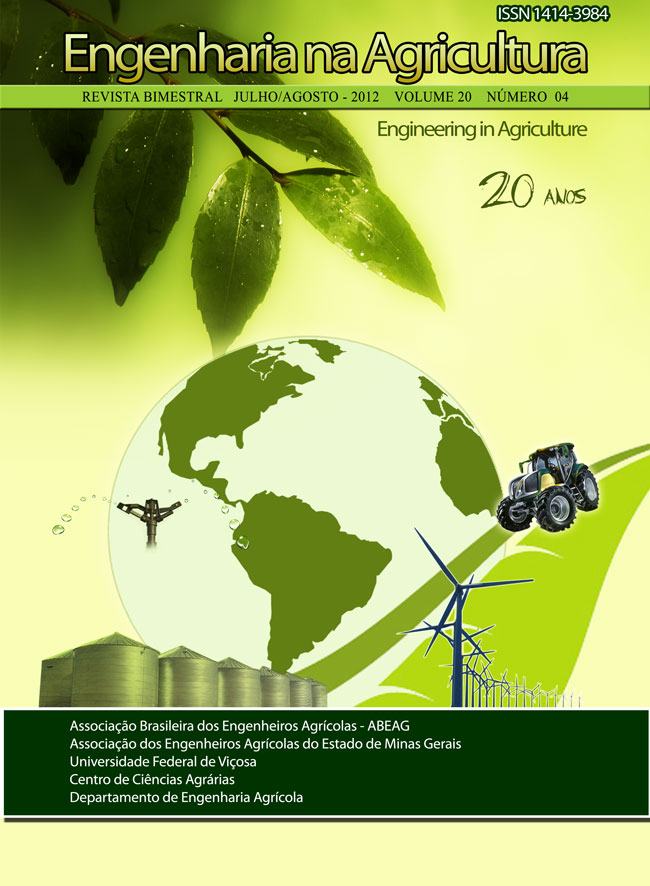DOSE OF LIME AND CHEMICAL CHARACTERISTICS OF LIMED SEWAGE SLUDGE
DOI:
https://doi.org/10.13083/reveng.v20i4.337Keywords:
higienização, resíduos sólidos, tratamento sanitárioAbstract
The sewage sludge, after being sanitized with the addition of lime, can be used to correct soil acidity and improve fertility. However, little is known about the post-liming characteristics of sewage sludge. This work was done to define the dose of lime for hygienization of sludge generated during the primary treatment of domestic sewage, determine chemical characteristics after liming, and determine application rate for use in parks and gardens. The sludge was collected from sewage drying bed of treatment Plant José Cirilo, Muriaé, MG. After sieving (2 mm mesh) an incubation curve was generated by adding different doses (0, 25, 50, 100, 150, 200 and 250 kg m-3) of hydrated lime. The data revealed that to keep the pH slightly above 12 for more than 2 h, liming dose should be 43.20 kg m3 and if this pH is to be maintained for 72 h the application rate should be increased to 71.20 kg m-3. The sludge treated at the rate of 71.2 kg m-3, was subjected to nitric-perchloric digestion to quantify total N, P, K, Ca, Fe, Na, Mg, Cr, Ni, Cd, Pb, Cu, Mn and Zn. The values, in g kg-1, were 10.08 of N, 3.63 of P, 2.80 of K, 3.16 of Ca and 52.53 of Fe, while, in mg kg-1, 268.75 of Mg, 33.50 of Ni, 2.25 of Pb, 119.75 of Cu, 499.00 of Mn and 395.50 of Zn. The Cd and Cr were not detected.Downloads
Downloads
Published
How to Cite
Issue
Section
License
Authors who publish with this journal agree to the following terms:
The author(s) authorize(s) the publication of the text in the journal;
The author(s) ensure(s) that the contribution is original and unpublished and that it is not in the process of evaluation by another journal;
The journal is not responsible for the views, ideas and concepts presented in articles, and these are the sole responsibility of the author(s);
The publishers reserve the right to make textual adjustments and adapt texts to meet with publication standards.
From submission, the author is fully conceding the paper's patrimonial rights to the publication, but retaining the owner of its moral rights (authorship and paper's identification) according to Creative Commons Attribution-Noncommercial.








 Licensed by
Licensed by 